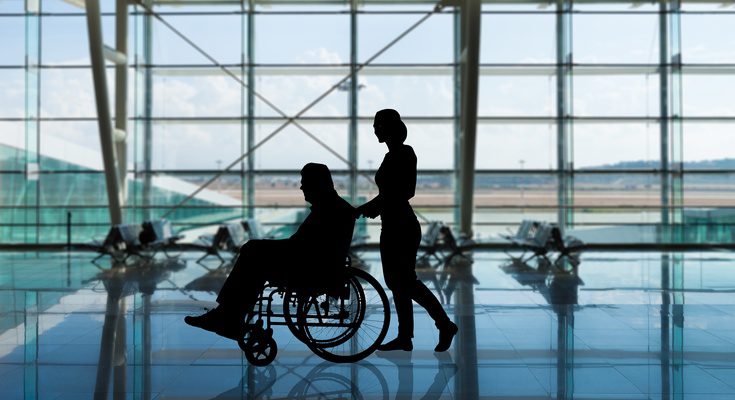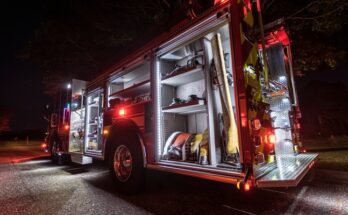Traveling with mobility aids can seem overwhelming, especially when navigating an airport’s busy environment. Between check-ins, security screenings, and boarding procedures, there’s a lot to consider. Luckily, with careful preparation and knowing how to advocate for yourself, you can make your airport experience smoother and more enjoyable. This guide shares practical tips to help travelers with disabilities manage airport travel more easily.
Contact Your Airline Ahead of Time
Before heading to the airport, contact your airline to discuss your needs. Inform them about your mobility aid and any assistance you’ll require. Many airlines allow you to reserve help to navigate the airport, including wheelchair assistance or priority boarding. Be clear about the type of aid you use, whether it’s a motorized scooter or a set of crutches, so they can accommodate you properly. Early communication ensures that staff and equipment are in place when you arrive, helping reduce stress.
Arrive at the Airport Early
One of the most crucial steps for seamless travel as a wheelchair user is arriving early. Arriving early at the airport ensures enough time to handle security checks, mobility aid assistance, and any unexpected delays.
This is especially important for those navigating larger airports during busy travel seasons or participating in international travel in a wheelchair.An early arrival gives you time to make modifications if any issues arise, such as clarifying accessibility arrangements with staff.
Communicate With Airport Staff
Don’t hesitate to advocate for yourself and your needs with airport staff. Upon arriving at the airport, seek out airport staff and clearly inform them of your needs. Many airports offer staff trained to assist travelers with disabilities, and they can guide you from check-in to your departure gate. Staying communicative throughout the process will make transitions easier and help you feel supported.
Prepare Your Mobility Aid for Boarding
Take steps to ensure your mobility aid is ready for the flight. If you use a folding wheelchair on flights, secure any loose parts, such as footrests or cushions, to prevent damage during handling. For motorized aids, confirm any battery-related guidelines in advance with your airline, as lithium batteries may have specific restrictions.
Staff will assist with stowing your aid, but preparing it reduces the risk of wear and tear during transit. Additionally, clarify with the airline whether you’ll have access to your device when you land or if you need to make extra arrangements. This preparation is essential to streamline the boarding and deplaning process.
Traveling with mobility aids may present challenges, but the right approach can make the experience more manageable. Airports can accommodate your needs, and a little planning ensures a smoother, more enjoyable experience. Wherever you’re headed, take the time to make the process easier for yourself now so you can fully enjoy the destination later.



